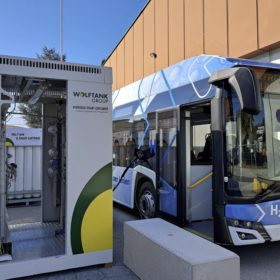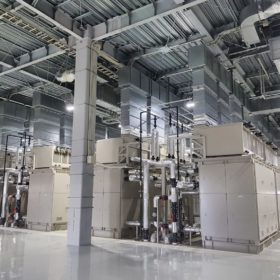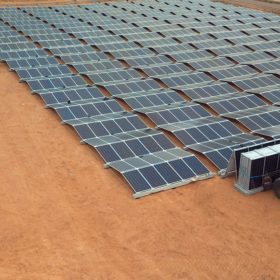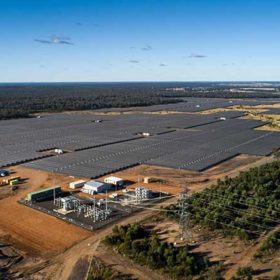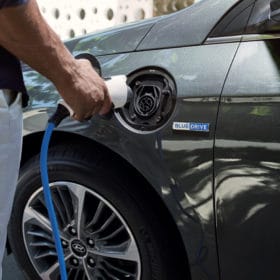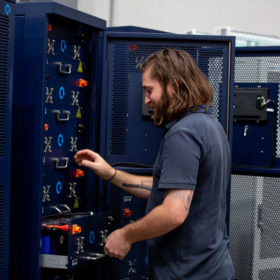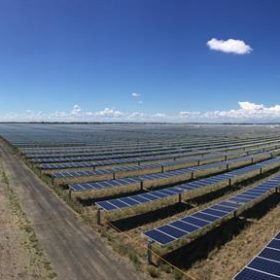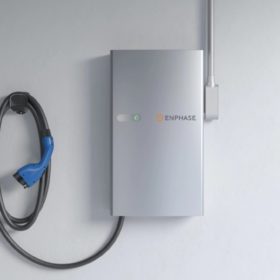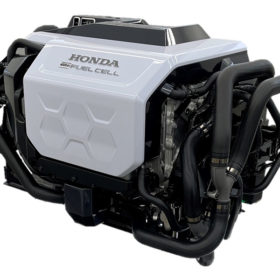Mobile hydrogen refuelling stations set for remote mines and industrial sectors
A distribution agreement between Europe-based Enermech and Wolftank Group will see mobile hydrogen refuelling stations installed at remote mine sites and industrial sectors across Australia and New Zealand.
Overcoming thermal issues of vanadium redox flow batteries
Chinese scientists have analysed reports of thermal issues with vanadium redox flow batteries (VRFB) and existing thermal management methods. They say the operating temperature should be maintained in the range of 10 C to 40 C to ensure VRFBs with high efficiency, weak side reactions, high electrolyte stability, and low crossover.
Modular solar technology gets nod for huge off-grid lithium mine project
Australian modular solar manufacturer 5B’s rapidly deployable Maverick technology is to be installed as part of a 95 MW hybrid power plant featuring solar, wind and battery energy storage. The plant will help power Liontown Resources’ Kathleen Valley Lithium Project being developed in the Goldfields region of Western Australia
Solar tracker supplier to build manufacturing plant in Australia
United States-based solar tracker provider Array Technologies is planning to set up manufacturing operations in Australia after being awarded a contract to supply trackers for a 102 MW solar farm being developed in Victoria’s northeast.
CS Energy continues transition with first 100% renewable energy PPA
Queensland government-owned CS Energy has inked its first 100% renewable energy contract in a move that the state government says highlights the accelerating transformation of the utility’s generation fleet from fossil-fuel fired power plants to renewable sources, including wind and solar.
Incentives for off-peak charging of electric vehicles could ease stress on the Australian grid
New data from Cornwall Insight Australia’s EV uptake model shows that under an extreme scenario, 22 million electric vehicles (EVs) are expected to be part of the National Electricity Market (NEM) states’ fleet by 2052.
National battery strategy set to cement Australia’s place in global supply chain
The federal government has opened industry consultations seeking to inform the country’s first national battery strategy with the goal of developing a globally competitive domestic battery manufacturing ecosystem in Australia.
ACEN finalises acquisition of UPC/AC Renewables JV
The New England and Stubbo solar farms in regional New South Wales are now 100% owned by ACEN after the Philippines-based energy company, through its subsidiary ACEN Renewables International, completed its acquisition of the development platform UPC/AC Renewables Australia.
Enphase demonstrates bidirectional EV charger
Enphase’s new bidirectional EV charger enables vehicle-to-home and vehicle-to-grid applications, and can be integrated with its home energy systems.
Honda reveals plans to halve fuel cell costs by 2030
Honda has revealed a new hydrogen strategy, while Air Liquide and TotalEnergies have announced a new hydrogen joint venture.
